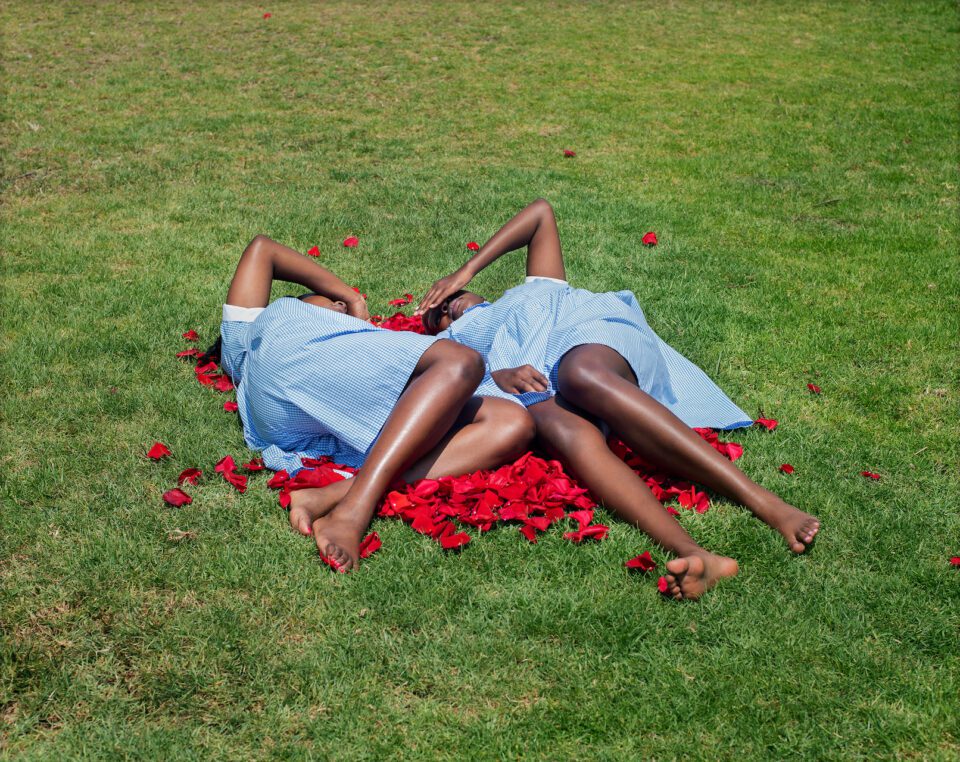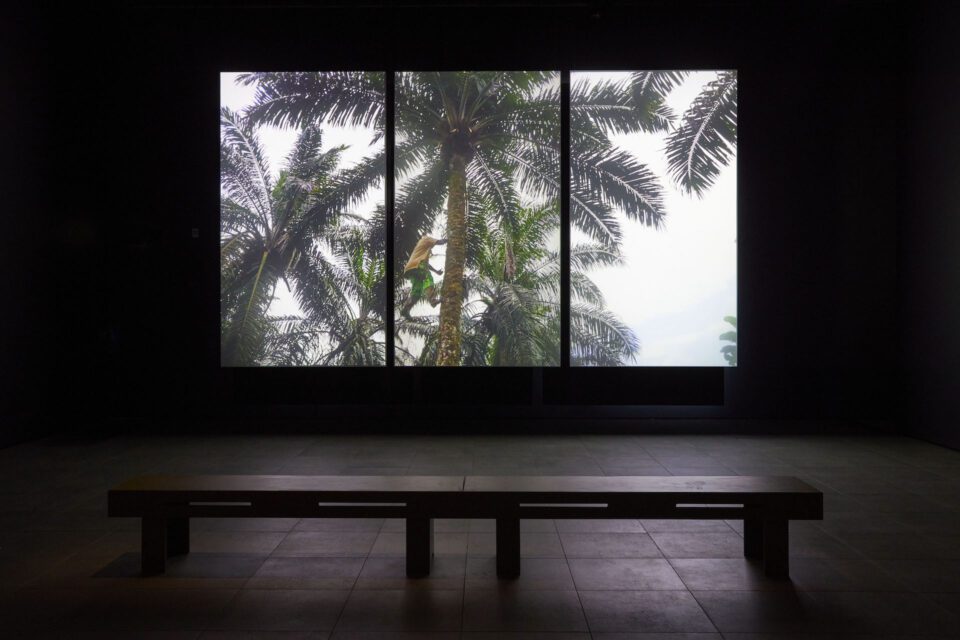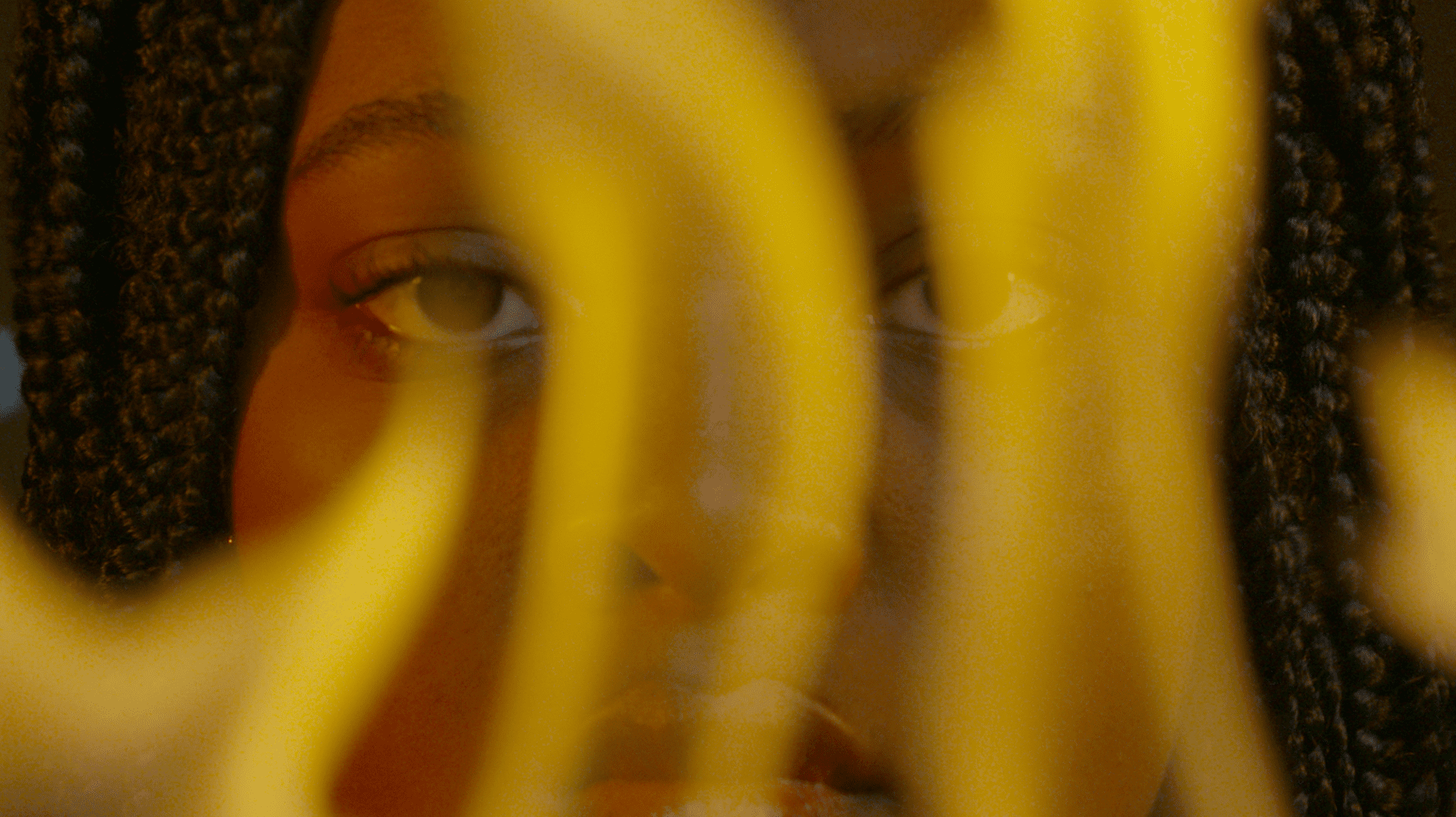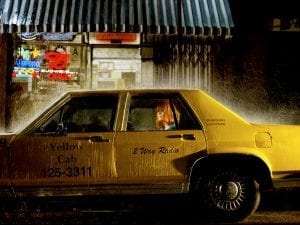Founded in 1998, Liverpool Biennial has since evolved into the UK’s largest festival of contemporary visual art. Rooted in a city synonymous with radical reinvention, the Biennial has played an instrumental role in reshaping both the perception and lived reality of Liverpool as one of the UK’s most iconic cultural cities. Once defined by its industrial legacy and maritime past, Liverpool’s trajectory over the past two decades is a case study in how culture can become the engine of urban regeneration.
As the North of England continues to assert its creative identity, initiatives like Liverpool Biennial, along with Bradford’s recent designation as UK City of Culture 2025, form a constellation of activity that signals a powerful shift. These cities demonstrate what is possible when investment meets imagination. In Liverpool, a city long defined by its working-class roots, cultural regeneration has proven to be more than a branding exercise; it is foundational. Liverpool’s reinvention as a cultural capital is not just skin-deep – it has reshaped how the city works, thinks and sees itself.
The impact has been tangible. Liverpool’s economy has been revitalised by creative industries, drawing visitors, generating employment and fostering social cohesion. The Biennial, in particular, has transformed forgotten spaces into sites of dialogue, visibility, and participation. It is against this background that the 13th edition of Liverpool Biennial arrives – and its title, BEDROCK, is nothing short of symbolic.

Curated by Marie-Anne McQuay and running from 7 June to 14 September, BEDROCK draws on both the physical geology and layered histories of Liverpool. Sandstone – the bedrock upon which the city is built – becomes a metaphor for a deeper excavation of identity, value and collective memory. This year’s edition features 30 artists and collectives across 18 venues, with 22 newly commissioned works that span heritage sites, public spaces, and cultural institutions. McQuay reflects: “BEDROCK as a title and holding space for the festival extends from the physical sandstone foundations of the city to become a metaphor for its distinctive civic values, that are haunted by its colonial past. While responding to these contexts, I asked the invited artists to present their own ‘bedrock’; to share the values, people and places that ground them, which here includes family and chosen family, ancestral cultural heritage carried across generations, and nature that nurtures and restores them. BEDROCK is the place we start from together.”
This sense of collective grounding permeates the programme. From the grounds of The Oratory at Liverpool Cathedral to the commercial thoroughfares of Liverpool ONE, and historic venues such as The Black-E and Bluecoat, the city itself becomes a canvas. New venues, including Pine Court in Chinatown and 20 Jordan Street in the Baltic Triangle, signal an expanding geography of engagement – where heritage, diaspora and community converge.

The curatorial vision navigates the relationship between the local and the global. Artists such as Fred Wilson (USA), Christine Sun Kim (USA), Sheila Hicks (France/USA), and Dawit L. Petros (Eritrea/Canada/USA) sit alongside practitioners including Amber Akaunu (UK/Nigeria), Kara Chin (UK/Singapore), and Katarzyna Perlak (Poland/UK). This confluence of practices offers a diverse meditation on belonging, memory, and the intergenerational echoes of displacement and resilience.
Among the highly anticipated works are Elizabeth Price’s new commission – an artist whose practice interrogates archives with forensic precision – and Widline Cadet’s exploration of diaspora and familial memory. Meanwhile, Jennifer Tee’s sculptural installations bring together botanical motifs and ritualistic structures, holding space for contemplation and resistance. In the public realm, installations will unfold across Mann Island, St John’s Gardens, and Liverpool Cathedral, creating new encounters in everyday environments.
Dr Samantha Lackey, Director of Liverpool Biennial, affirms the importance of anchoring the programme in place: “BEDROCK will be an extraordinary moment which connects us deeply back to our foundations in the city, while continuing our collaborations with artists from across the globe. Marie-Anne is an exceptional curator who understands implicitly the local context we are working in.”

In a cultural climate where attention often skews southward, Liverpool Biennial serves as a reminder that artistic innovation thrives outside of capital cities. The North of England is not waiting for permission to be heard – it is building its own platforms. Bradford’s moment as UK City of Culture further underscores this, offering an opportunity to embed cultural programming into the civic fabric in a way that echoes Liverpool’s journey. But BEDROCK is not retrospective. It is a proposition for what is possible when a city confronts its past and looks forward with clarity. The 2025 edition invites audiences not only to see, but to reflect, to question, and to participate. As always, the festival’s free public programme – spanning talks, performances, and workshops – underscores a commitment to accessibility and inclusion.
Liverpool Biennial continues to set the pace for cultural ambition, civic engagement and curatorial integrity. BEDROCK marks another milestone – a festival deeply aware of its foundations and unafraid to build upon them.
Liverpool Biennial of Contemporary Art runs until 14 September.
Words: Anna Müller
Image Credits:
1. Amber Akaunu, Still from ‘Dear Othermother’, 2024. Courtesy of the Artist.
2. Widline Cadet, Nan Letènite (In Eternity), 2021. Courtesy of the artist and Nazarian /Curcio.
3. Linda Lamignan, ‘We are touched by the trees in a forest of eyes’, 2025. Liverpool Biennial 2025 at FACT. Photography by Stuart Whipps.
4. Isabel Nolan, ‘Where you are, what we are, with others’, 2025. Liverpool Biennial 2025 at the John Lennon Art & Design Building, LJMU. Photography by Rob Battersby.





